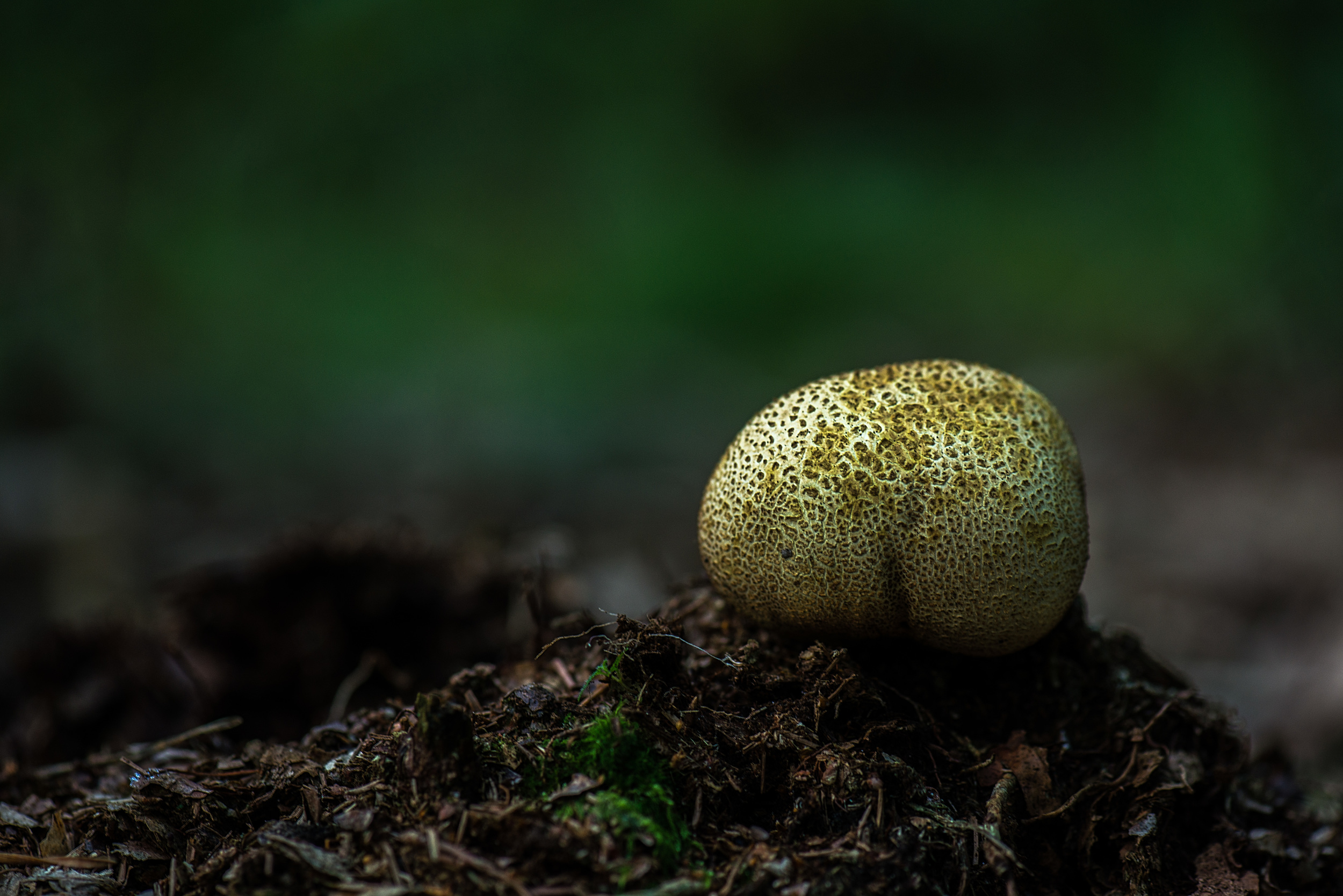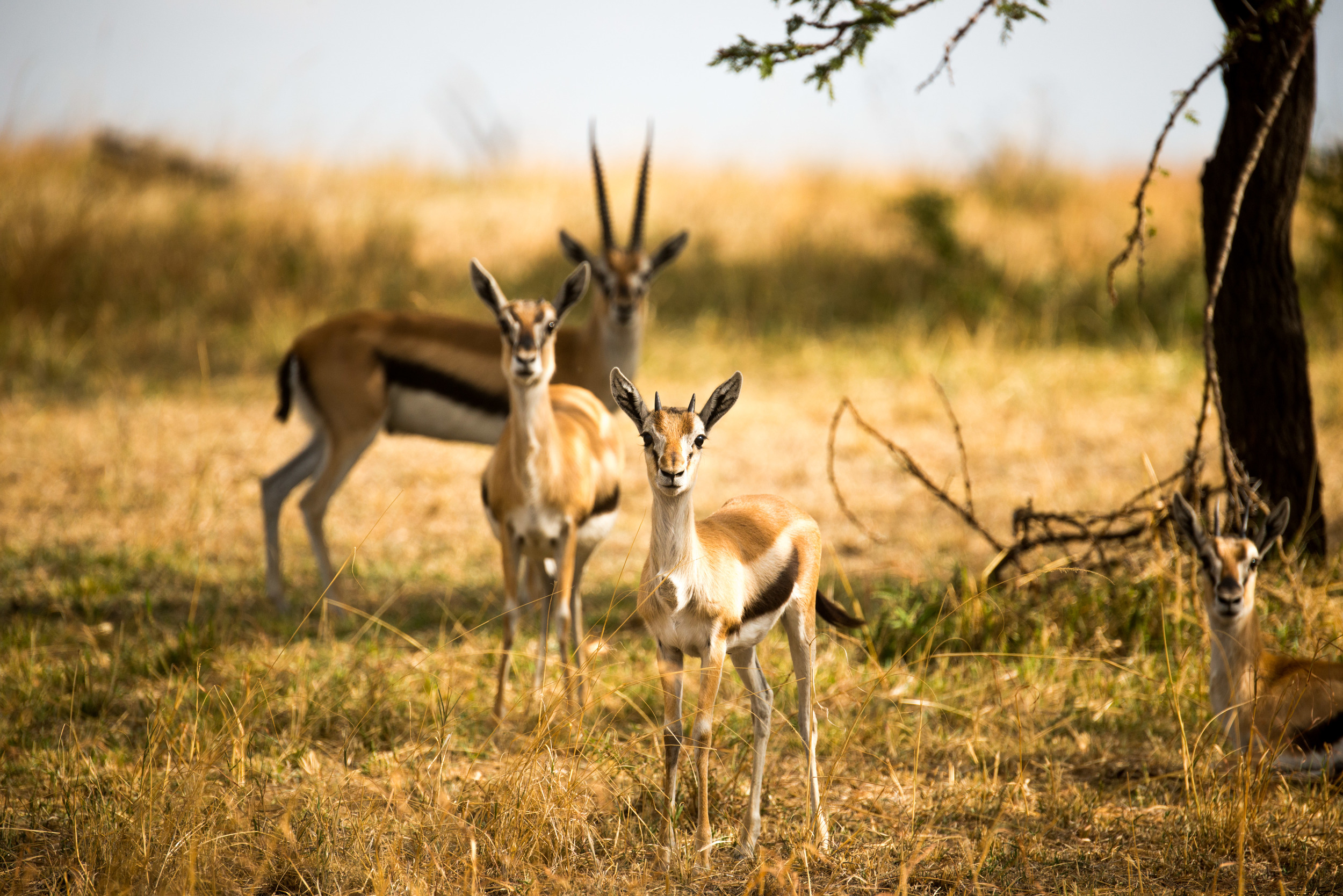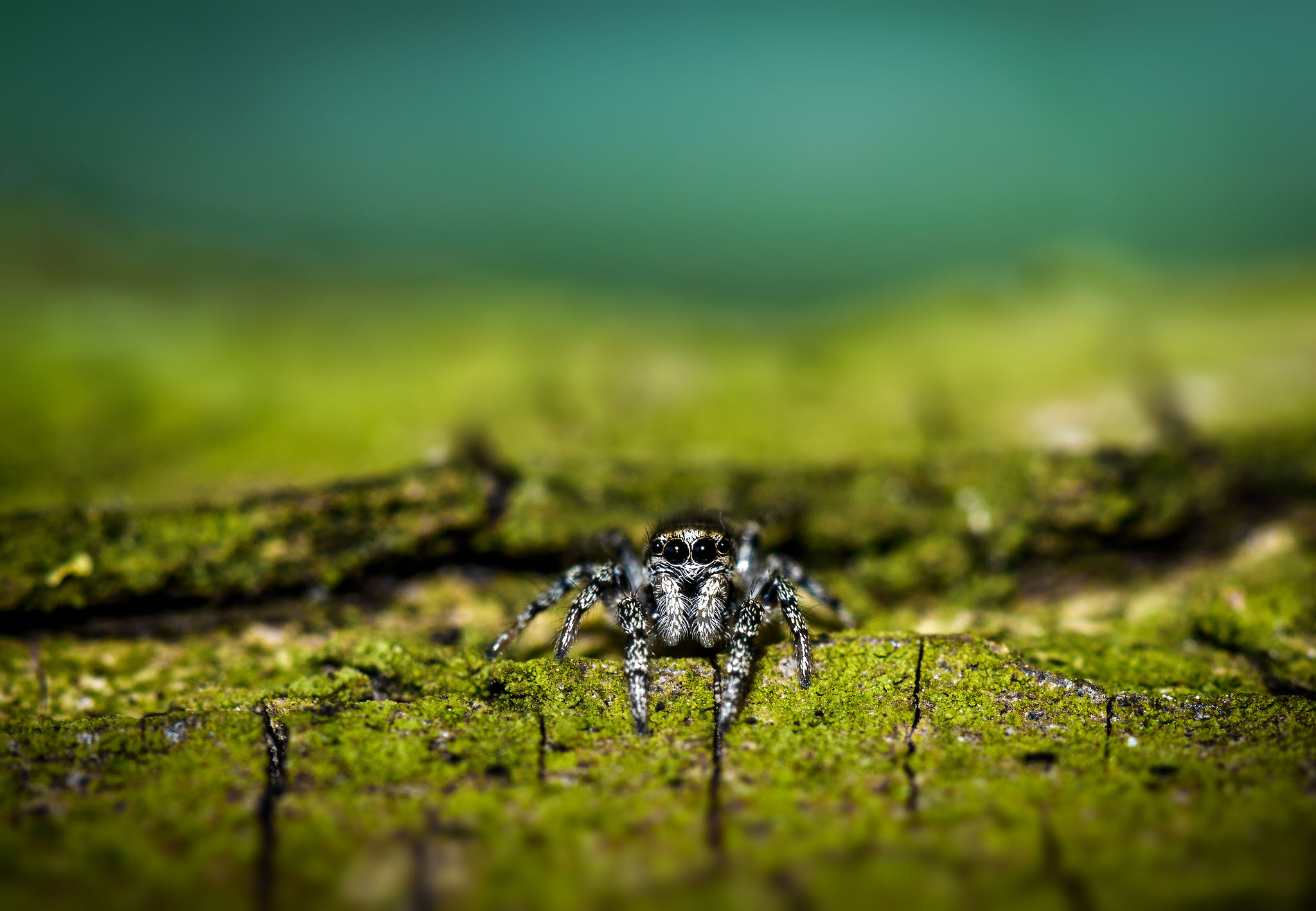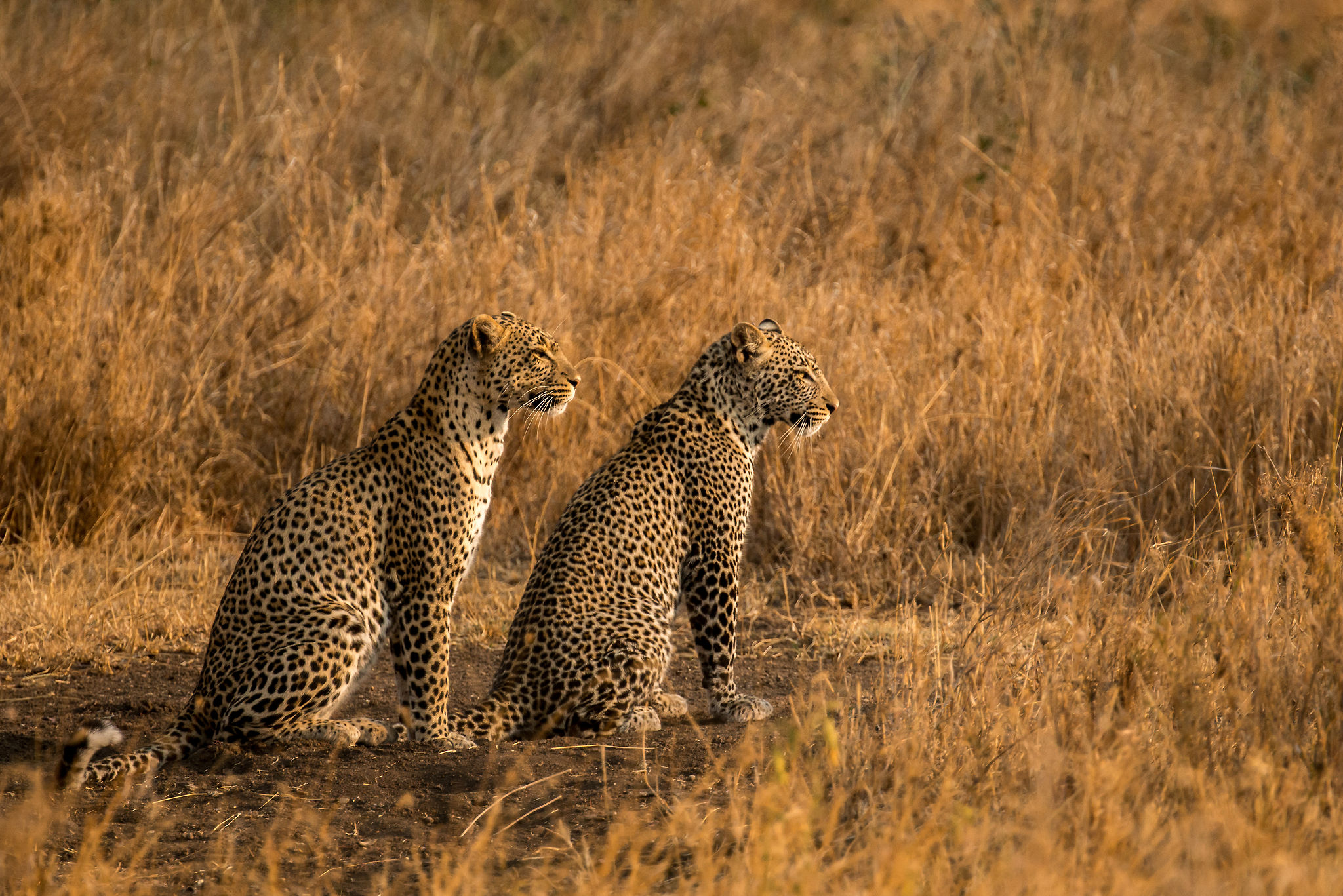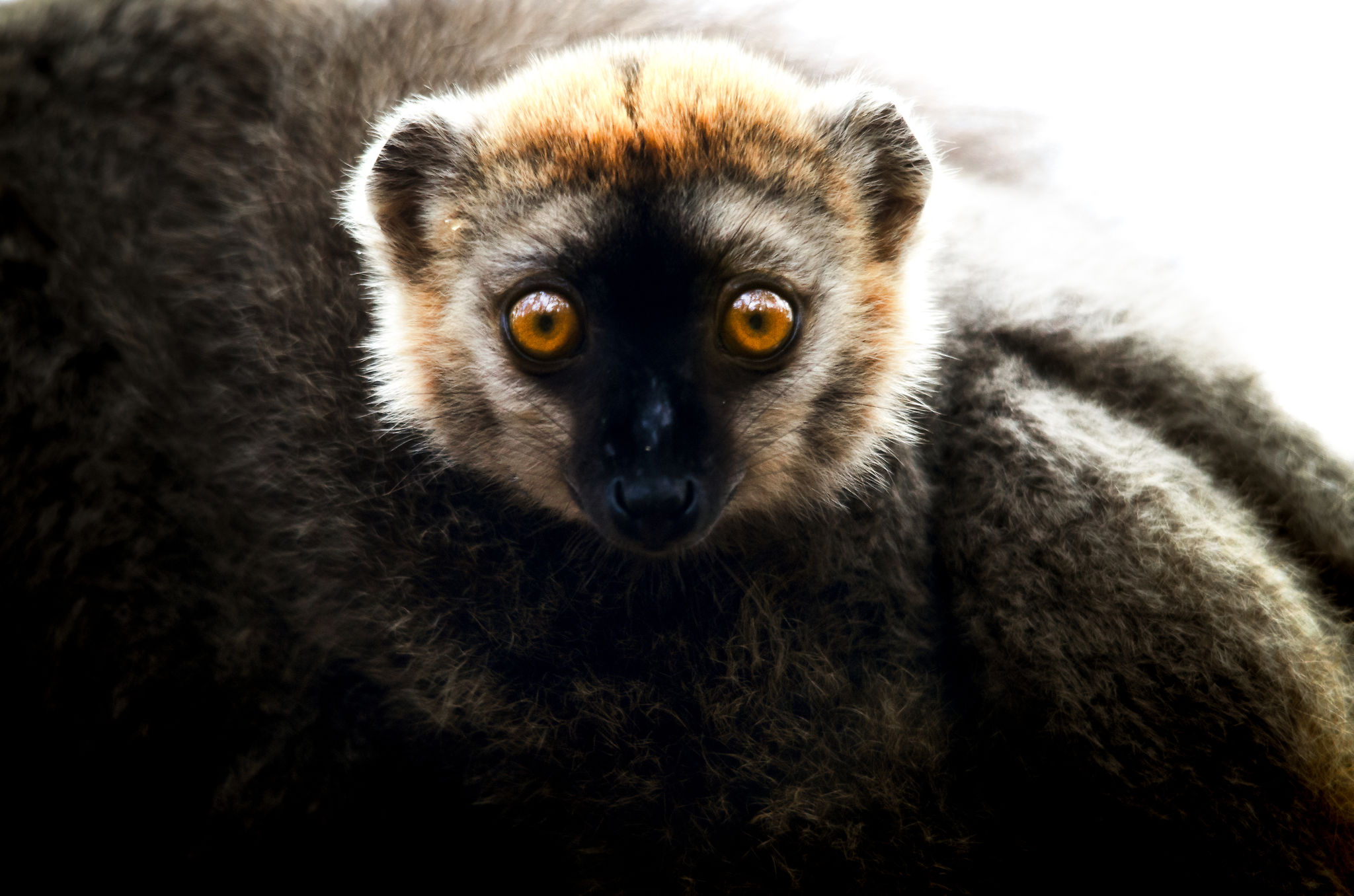Interview - Ferdy Christant (JungleDragon)
Taking pictures is only the beginning of your images story... the rest depends on you, and who sees it. I spent a long time looking for the best place to display my images, somewhere that is well organised and makes my images look good (unlike Facebook). This is where JungleDragon came in, and I must say, it is my go-to place for sharing all my wildlife images. You should all check it out! :)
This is an interview with Ferdy, the brains behind JungleDragon, and a great photographer in his own right. I hope you find this interview, peaking behind the scenes of JungleDragon, interesting.
He kindly shared a few of his images with us at the bottom of the interview, but for his full wildlife catalogue, check out his wildlife photography is over here and if you want to see them separated by topic or location click here.
Name: Ferdy Christant
Job Title: Tech Lead (software architect)
Affiliation: Jungle Dragon
Location: Netherlands
Responsibilities: solution design and oversee the implementation of web sites and applications for a large multinational
You are an IT guy right? So what’s with all the wildlife photography? What’s your story of getting into wildlife photography?
Yes, I’m an IT guy. I graduated in 2000 in computer science and have been working in the industry ever since, in various roles.
I got into wildlife photography in 2007, when my girlfriend Henriette took me to Costa Rica. It was my first encounter with high diversity nature as before I had only been in Europe. It was also my first encounter with digital photography, I did not even own a camera, yet Henriette did. From that moment on, I got the “bug”, the camera was glued to my hand, even though I had no idea what I was doing.
How did this enthusiasm for nature and wildlife manifest itself as JungleDragon?
Returning from Costa Rica, I did not find a lot of good, dedicated places to share wildlife photography, other than some groups on Flickr. This led to the idea of building such a place, fuelled by my new-found love of wildlife photography and my existing experience in web development. Hence, JungleDragon is the result of my deep love of the web, wildlife and photography. Enthusiasm for JungleDragon therefore comes natural, as it concerns three things that I love.
When did you get the idea for making jungle dragon, and what was the aim of it?
The actual idea manifested itself in 2008, and was fuelled by the eye-opening experience I had in Costa Rica in 2007. Back then, the initial aim was for it to be a dedicated place for wildlife photos and photographers. More advanced features like species identification and geotagging that have made JungleDragon significantly deeper and more valuable, only evolved later on, in V2.
I am a big fan of your site, it has everything I am looking for in my wildlife photography social media… It displays the images in high-resolution and well rendered, the geo-tagging and ID function is great, and being a competitive collector, the medals scheme taunts me… where did you get the idea for such a comprehensive system?
Thank you for those very kind words!
In 2008, the gamification of web sites and apps was a huge trend across the industry. The goal of gamification is to make an experience addictive, so that users keep coming back. In JungleDragon, this led to a class system, and a medal system. They are there to create incentives for users to do those actions that are meaningful and valuable.
Over time, I learned which parts of JungleDragon are really addictive and which parts are digital rewards of lesser value. It is now safe to conclude that in JungleDragon, introducing new species is the most addictive part. This is due to it having a real-world connection.
For example, if I gave you a digital-only “snow leopard” rank, this is pretty meaningless both to yourself and others. However, if I reward you for introducing 10 new species to the site, the situation is different. You have actually discovered these species in the real world, which gives a feeling of real-world accomplishment. This accomplishment translates well into the digital world, and is meaningful there to you as well as others. It helps you, other members, and the site as a whole. And that makes you want to do it again, fuelling an addiction. It can entirely transform a generic photographer into one that is hyper aware of species in the field.
When that transformation happens, I consider the member to have become a Jungle Dragon. It is in those cases where I am most proud of the website, actually changing a person in the real-world, for the better. It’s a prime example of meaningful gamification.
I’ve discovered that you just can’t put medals and points on everything and expect users to want to collect them or become addicted. They need to have meaning first, in the real world.
How many people work on JD?
It’s just me. Luckily though, there’s a group of volunteer moderators who help run the operational part of JungleDragon, curating its content. I could not do it without them.
What are the long-term aims of the site? What do you want to see JD doing in 5-10 years from now? What are your big ambitions for the site?
Long term goals of JungleDragon are to become one of the best (if not the best) places to share wildlife photography and video online. This does not necessarily mean it should be the largest place. Of course, the longer term goals also include growing the user base and the content that results from it. Ultimately, the big ambition is that JungleDragon is to be a super accessible, friendly and beautiful place to discover the beauty of nature, and to learn more about it. As for the years to come:
1-2 years: I’ll be working on V5 of JungleDragon. It will not be about adding even more features, rather it will focus on presenting the incredible content we already have in better ways, easier to discover.
5 years: I’m hoping to have grown the user and content base significantly.
10 years: I don’t look that far ahead, but I’m hoping that increasingly people will associate wildlife with JungleDragon in the online market, for being the best place in this area.
Through JD, I have been approached and signed an agreement for one of my images to be used in a book. Others on the site have also mentioned similar situations. Is this an avenue the JD might take, as a repository for wildlife images that can be licensed?
It is great when such connections are made, however, it is not a primary goal of JungleDragon to specialize in reselling photos by individuals. I consider it a welcome side effect, but not a primary goal. Currently, there are better places for that. This may change once JungleDragon’s content base would be significantly larger. I do believe that user profiles in JungleDragon can be improved so that users have more control in showcasing their work.
If you were reincarnated as an animal, and you could choose, what would you come back as and why?
That’s easy. I’d come back as a Jesus Christ lizard. It is a Jungle Dragon after which the site is named. Plus it can walk on water.
How many images, species and countries have been posted in JD?
About 30,000 images, covering 6,600 different species, taken in 99 countries.
There is a fantastic search function whereby you can find all images of a particular species… what is the most UNDER photographed species, and why do you think that is? What holes can we try and fill?
In general, marine life is under photographed. For good reasons, since diving and underwater photography is a niche. Other under photographed groups of species can be found in the challenges forum.
What do you most want to see/photograph and why?
I’m a fan of the weird and unexpected. I particularly get excited when seeing or photographing a species that most people have never heard of or has an odd appearance. The insect world is full of such surprises, so I’m a big fan of that.
How did you learn photography? If you could give someone only 3 bits of advice for wildlife photography, what would they be?
It is quite generic advise, but here goes:
1. Learn as much as you can about subject. Your photography will improve knowing where to find species, how to approach them, and how they behave in different seasons and time of day.
2. Stay ethical. Minimise disturbance to wildlife and if you use any staging techniques, be open about it. The process is just as important as the end result.
3. Get out there. As obvious as this advice is, a lot of people (including me) spend a lot of time on the computer, and not in the field. By exposing yourself more to nature, you simply see and experience more.
How many members has JD got, and from how many countries?
2,100 members, there’s no quick way to see from which countries in total, so I have to get back to you on that. In general, the US, UK, Netherlands, India and Australia are where many users come from.
Can you share you most memorable wildlife encounter?
A few moments would compete for this answer:
1. Seeing the “bat monkey” in the Amazon (Pied Tamarin)
2. Seeing the rare Red-faced Malkoha in Sri Lanka
3. Only a few weeks ago, seeing the Silky Sifaka, one of the rarest mammals on earth, in Madagascar, against incredibly poor odds
Memorable in terms of danger was a full head-on charge by an elephant in Sri Lanka.
Out of curiosity, if you were to consider JD as an amateur based global census of all living organisms, what would be the most abundant species in the world? Do you think that this is a reasonable representation?
I don’t think that JungleDragon’s current content base is a representation of actual occurrence and distribution of species. For example, grass or ants may be the most abundant species in the world, yet they are rarely photographed.
Instead, often-photographed species tend to be very accessible to photograph. An example is the Indian Peafowl. It has a universal beauty, occurs almost everywhere (usually domesticated), and is easy to photograph. They are therefore popular to photograph, yet not necessarily the most abundant species.
What is the philosophy of JD?
A key philosophy of JungleDragon is to be open and accessible. The integrity of the site is of critical importance, and those are not just words:
- Free, no charge
- Independence, no ads
- Respect for photographer’s rights
- No privacy invasions
- Genuine: actually caring about nature
- Open to all countries, people, skill levels, ages, genders.
You have frequent contests JD (for more information about contests on JD, click HERE) and part of winning is a donation to a charity. Where did this idea come from and what charities have you contributed to already?
The idea comes from “walking the talk”. Putting our love for nature into actual action. I also hope it is an incentive for users to keep contributing, as the more they contribute, the more gets donated. Note though that donations are not linked to contests per se, they are usually based on content milestones, a donation for every 1,000 photos or species added. All charities donated to so far can be found here.
Does JD generate any revenue for you? I don’t see any ads, and there is no sign-up fee, so where does the running costs and prize money come from?
No, JungleDragon has no revenue, other than the very rare donation I receive. The running costs and prize money come from my own pocket.
What does running JD entail? Can you explain to us what your day-to-day JD ‘work’ life involves?
I run JungleDragon on top of a day job. On a typical week night, I run through all new photos and curate them, together with a group of moderators. I may also do some administration work, such as improving master data, checking backups and such.
Fridays I’m off work and are dedicated to JungleDragon development (coding), where I work on new features or the new version of JungleDragon. If time allows for it, development may spill over the rest of the weekend.
Other frequent actions are keeping JungleDragon’s social channels up to date.
What is the biggest challenge you face with JD?
The biggest challenge is growing JungleDragon’s user base faster and telling the world that JungleDragon exists. I believe that JungleDragon already today is one of the best places to share wildlife photography, but it’s proven a challenge to let a large group of users even know we exist.
This fault is entirely on me, as I focus a lot on improving and running the site, and less time marketing it. Of course, not having a significant marketing budget also plays a role in this.
I’m a realist though. You read about incredible success stories on the web all the time, but the reality is that most founders need to work very hard and long (10 years or more) to get the recognition they are after.
What makes a good day, and equally, what makes a bad day with JD?
A good day on JungleDragon is when there is lots of activity of a high quality: great photography that is correctly shared, with a rich context in species identification and location identification. On these days, the site seems to run itself.
On a bad day, there’s new content yet it is of a poor quality. This is when people share a photo without bothering to put any effort into describing it. No title, no description, no species identification, no location, nothing. Without this context data, the photo is close to useless inside JungleDragon. It takes a lot of work from the moderator team to correct this behaviour.
What is your photography gear?
I use a Nikon D800. Key lenses are the 105mm 2.8 (macro), 80-400mm 4.5/5.6 (travel, all-round), 12-24mm 2.8 (landscape) 85mm 1.4 (portrait). In addition, I use a SB901 speedlight, and sometimes a macro ring flash unit.
What is your favourite wildlife destination and what is next on your travel agenda?
Out of the 7 wildlife destinations we visited, Madagascar is the only country we visited twice, which makes it our favourite. As we just came back from it, the next destination is still unclear. An early idea is Colombia, but we haven’t looked into that at all yet.



